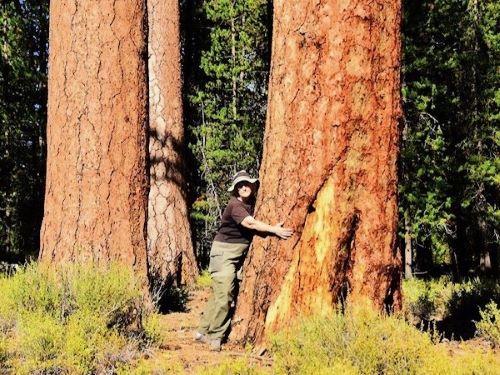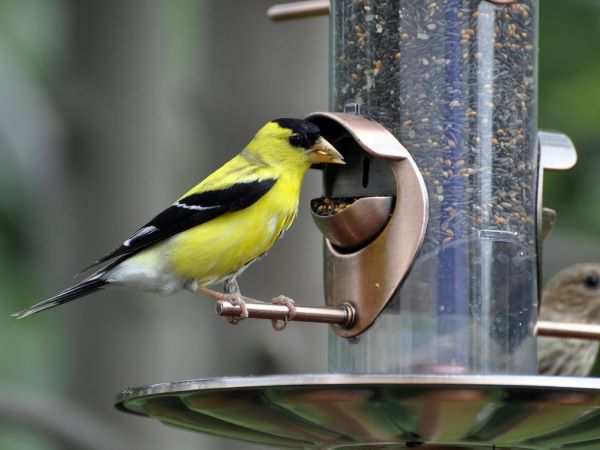Our Habitat Haven volunteers have begun site visits and been enthusiastically received. At the start…
This summer saw the release of the fourth State of the Birds report, a collaborative effort on the part of federal and state wildlife agencies, National Audubon Society, Cornell Lab of Ornithology, Klamath Bird Observatory, American Bird Conservancy, The Nature Conservancy, and several other organizations. The status of bird populations is widely considered one of the best indicators for the health of ecosystems. The 2013 report focuses on the distribution of bird populations and conservation opportunities on private lands.
This summer saw the release of the fourth State of the Birds report, a collaborative effort on the part of federal and state wildlife agencies, National Audubon Society, Cornell Lab of Ornithology, Klamath Bird Observatory, American Bird Conservancy, The Nature Conservancy, and several other organizations. The status of bird populations is widely considered one of the best indicators for the health of ecosystems. The 2013 report focuses on the distribution of bird populations and conservation opportunities on private lands. About 60% (1.43 billion acres) of land in the United States is privately owned, mostly by corporations or families. Much of it is ranch land, farmland, and timberland. Of the 200 bird species examined for the report, 100 species have greater than half their breeding populations distributed on private lands. In some cases, the percentage increases dramatically; for example, 85% of grasslands are privately owned, with greater than 80% of bird populations occurring in these areas. The Horned Lark (featured in our endangered species profile in this issue) has a winter distribution of 83% on private lands, with only 1% of this land currently protected. There is such a substantial expanse of existing bird habitat on private land that, clearly, more should be done to manage it for the requirements of our native and migratory bird species.
One of the ways that conservation goals can be met on private lands is through land trusts and conservation easements; these entities typically involve nonprofit environmental organizations that manage private lands for wildlife habitat enhancement. Another way is to provide direct technical assistance to landowners through universities, conservation organizations, and state-supported consulting biologists. The report contains a number of inspiring success stories that highlight collaborative efforts on privately owned lands. However, further support must come from the government to provide incentives for ranch owners, farmers, and timber owners to manage at least part of their land for wildlife.
The US Farm Bill is the largest supplier of funds to support conservation efforts. Programs supported by the Farm Bill include Working Lands for Wildlife, which targets priority species such as Golden-winged Warbler, Greater Sage-Grouse, Lesser Prairie-Chicken, and Southwestern Willow Flycatcher on farms, ranches, and forestland. The Farm Bill also provides landowners with funds to replace crops on highly erodible cropland with native grass, trees, wetlands, and buffers. Additional funds in the various Reserve Programs directly target wetlands, grasslands, or forests to restore these essential ecosystems. This synergy between public entities and private landowners is essential to ensure that the vast amount of private land in this country continues to provide habitat for birds and other wildlife. Unfortunately, Congress has politicized the Farm Bill and continues to slash funds for conservation programs. Nearly 80% of all cuts to the Farm Bill since 2007 have targeted the conservation programs, reducing funding by more than $3 billion. In the years following the cuts, farmers have converted over 23 million acres of grasslands, bushes, and wetlands into croplands, thereby compounding the ill effects of habitat loss and fragmentation. The market, regrettably, does not much support conservation efforts; it is up to our representatives in government to work with private landowners to protect biodiversity and its shared benefits.
The State of the Birds 2013 report is available online at http://www.stateofthebirds.org/.



